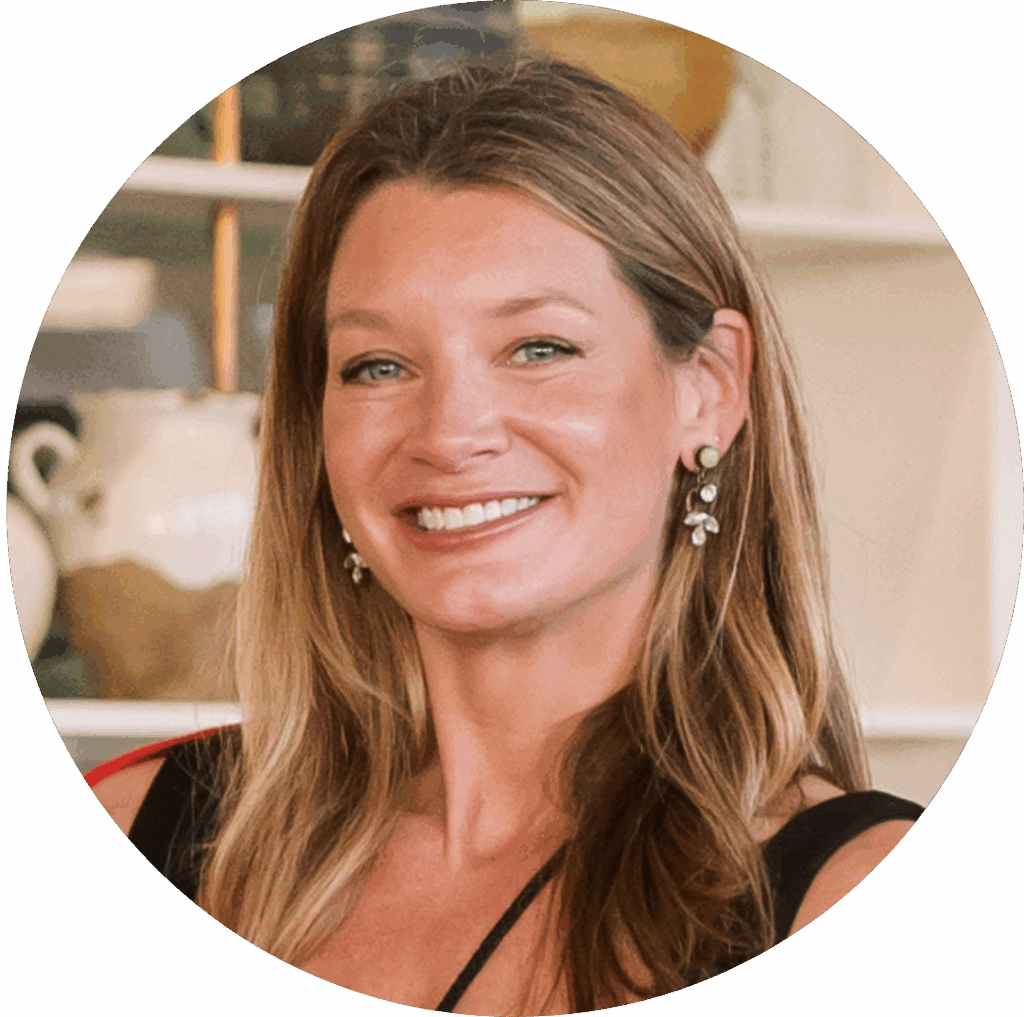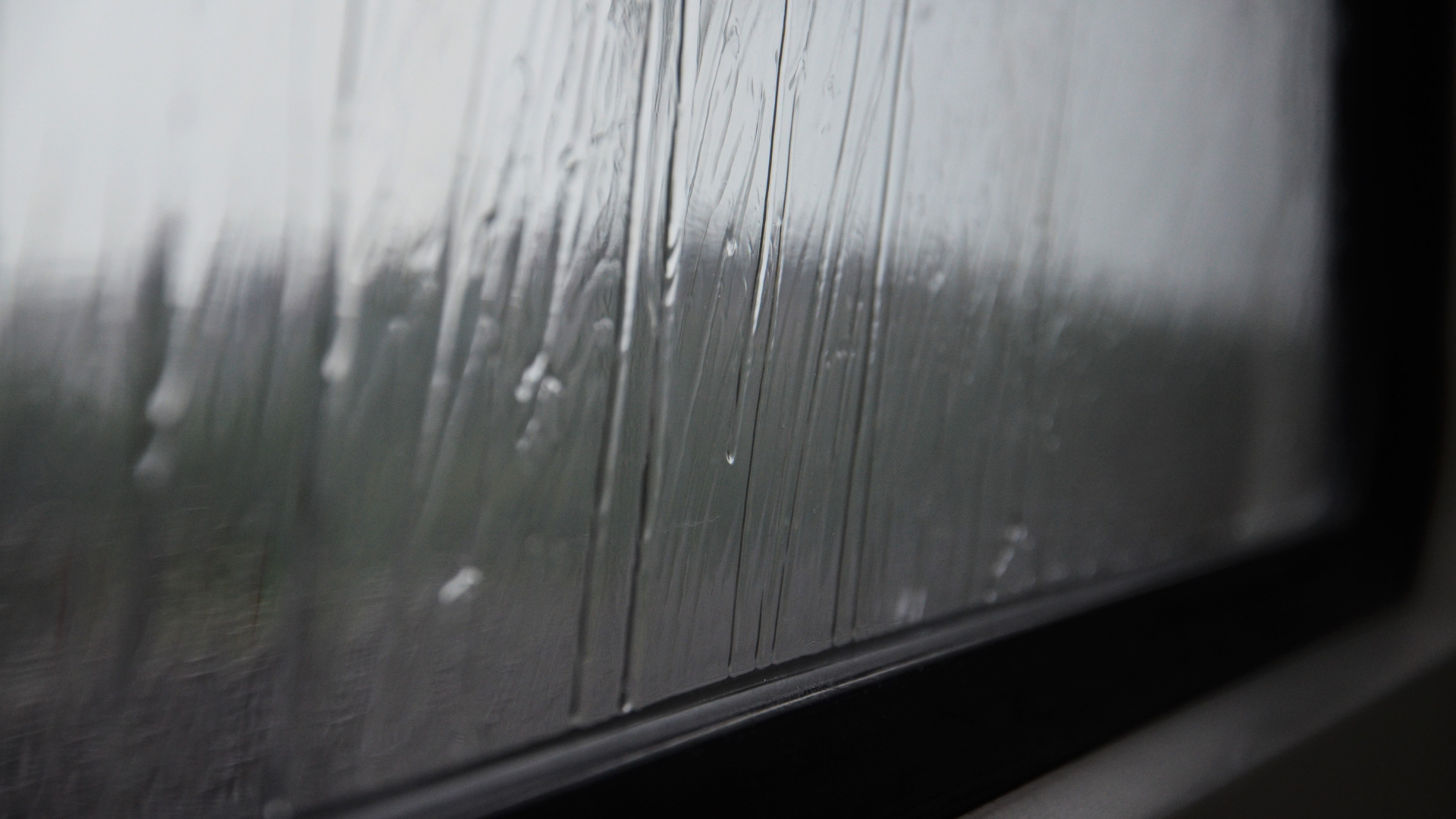This piece was originally published at intima, a Journal of Narrative Medicine and was written by a fabulous writer and survivor, Diana.
I am not a pretty crier. It didn’t matter much before. To say that I was stoic was an understatement. I could count the times that I’d cried on one hand. Number every individual tear. I broke my wrist when I was six years old: wailed until my grandmother wrapped my arm in a towel, folded me within her embrace, and carried me off to an urgent care. I was bullied when I was twelve: I was too shy and two inches too tall for my jeans. I read too much. I took the “white people math class.” I hid in the bathroom at lunchtime, sniffling behind the stall. I argued with my mother at sixteen, my father at twenty. I loved a boy at twenty-three. He did not love me back. I cried. It never lasted very long. Tears came on suddenly but, like a shower of rain, quickly dissipated. I’d move along hurriedly afterwards.
I’m not quite sure what it was. Maybe the cancer. Maybe the stroke. Maybe breaking down, then building up again. But I am softer now.
It was too cold in the examination room. Artificial frigidity was the result of maintenance’s attempts to make up for the heat outside. I sat on a vinyl chair, waited for my surgeon to return, and tried to rub the chill out of my skin. Fluorescent lights hummed softly above me. My stitches itched. My leg shook. My stomach roiled. I had cancer. A fresh diagnosis to match the wound on my neck. My surgeon told me that we needed to talk, said that the results were in, told me that I had cancer, and then excused himself. I sat on the chair beneath a vent in the ceiling. Stale air ruffled my hair. It didn’t occur to me to cry.
Things move quickly when you are diagnosed with cancer. There is imaging and there is bloodwork and there are too many doctors to see. The tumor had grown slowly. As it had spread, as I started and then finished medical school, I developed the kind of denial that only doctors seem to have about their bodies. This coupled with a series of misdiagnoses had lulled me to complacency. Eventually I wasn’t able to ignore it anymore. I saw my primary doctor, had an honest conversation with her, and then the world started to turn more rapidly. CT scan, then angiogram, then surgery, then diagnosis. It was a cyclone and I stood at its center. It was easy to get lost inside of it.
…



